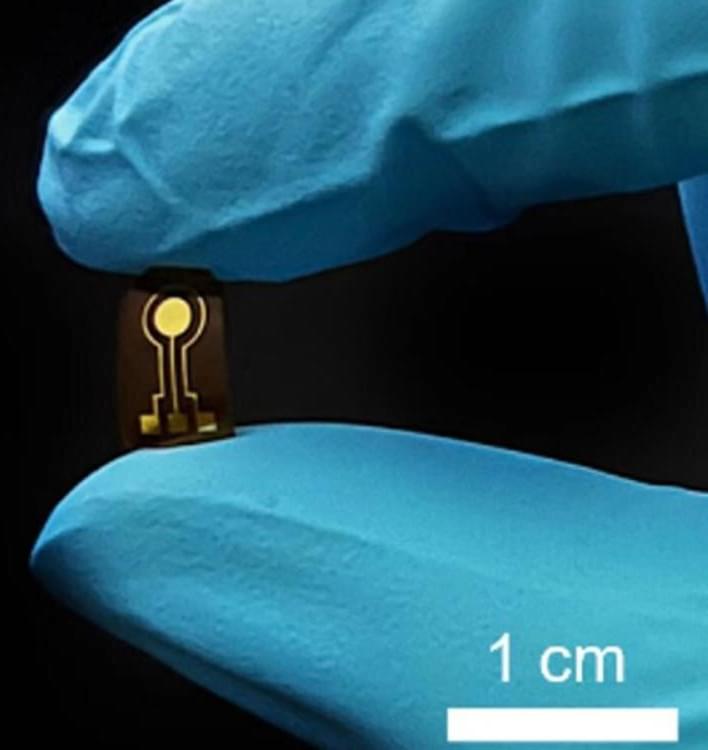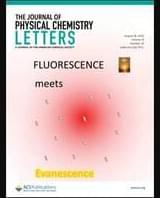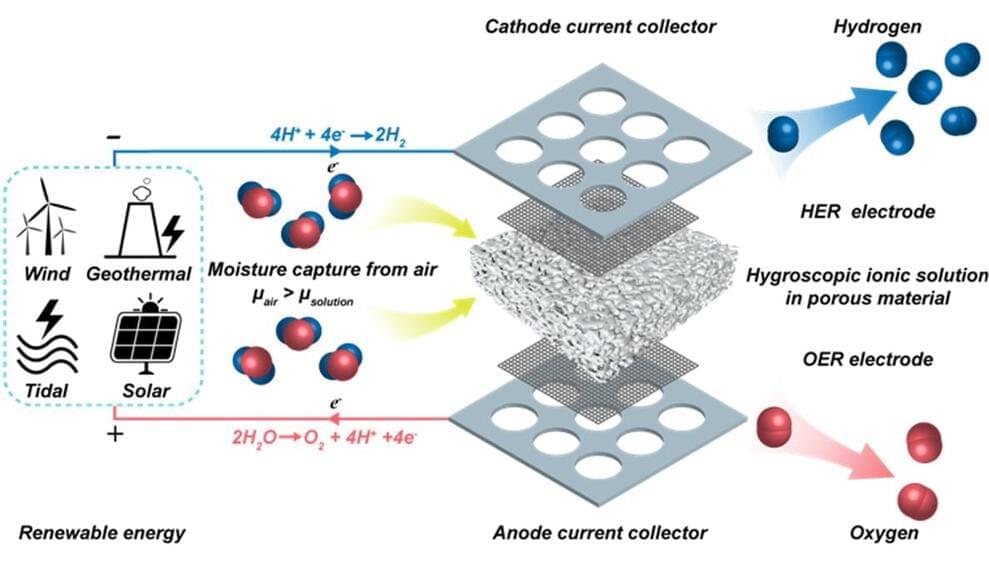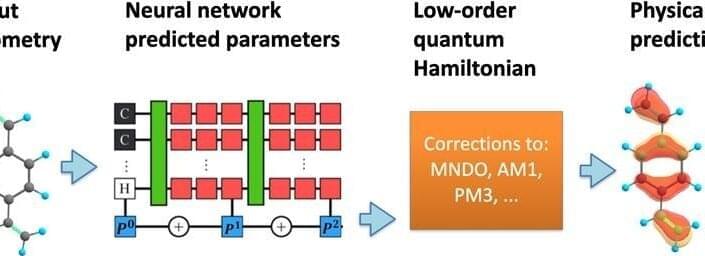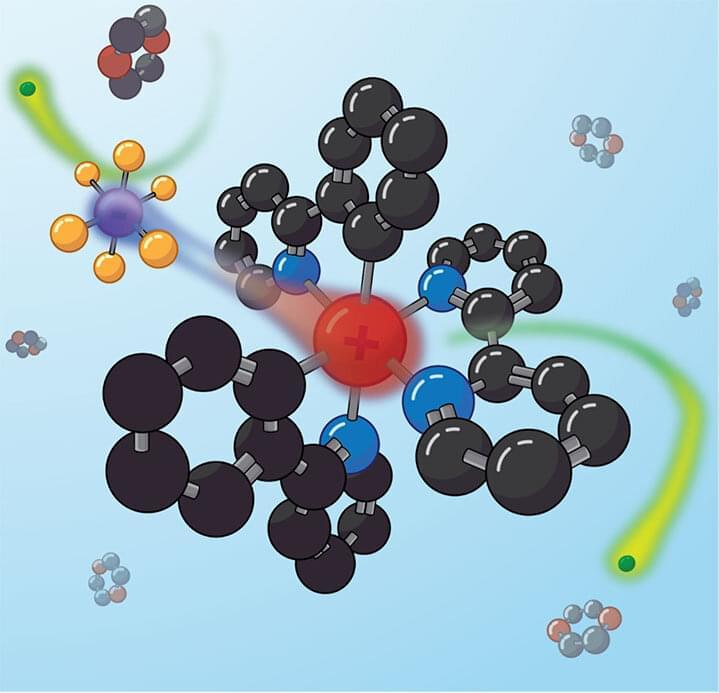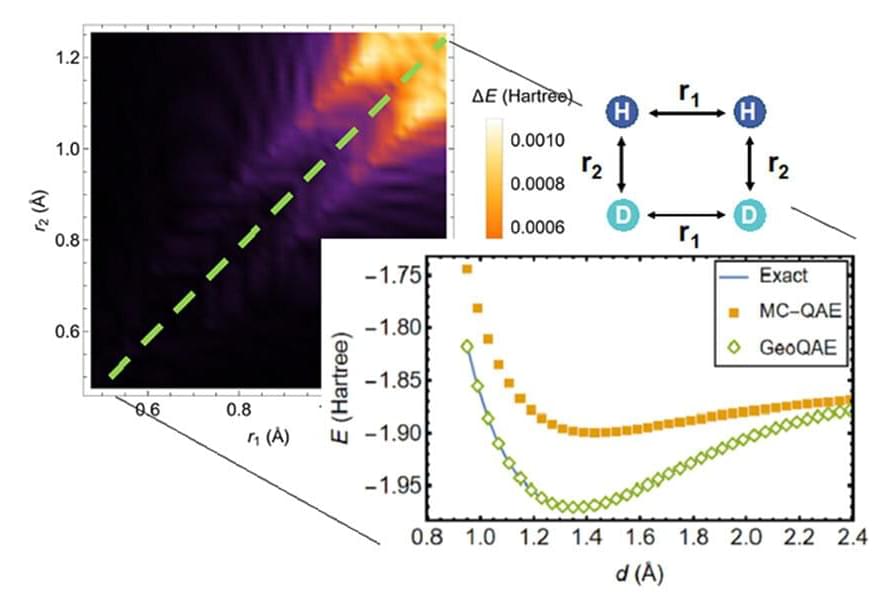Chardan hosted its 4th Annual Chardan Genetic Medicines Conference in October 2020, featuring over 80 public and private companies representing in vivo gene therapy, ex vivo gene therapy, gene editing, RNA medicines, and other subsegments of the genetic medicines space. Among our various panels with preeminent thought leaders, we spoke with newly-minted Nobel laureate, President of the Innovative Genomics Institute, and Professor of Molecular and Cell Biology and Chemistry at UC Berkeley, Jennifer Doudna.
PhD about open questions and areas of innovation in the CRISPR gene editing space.

